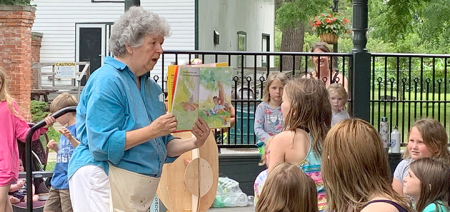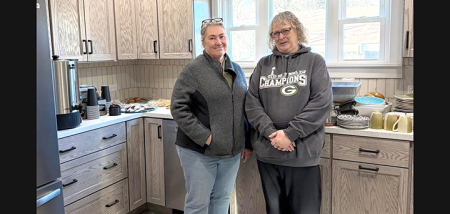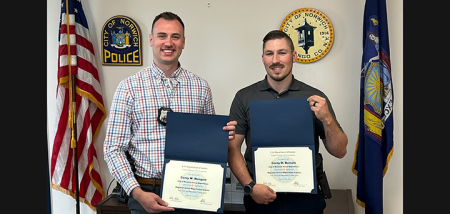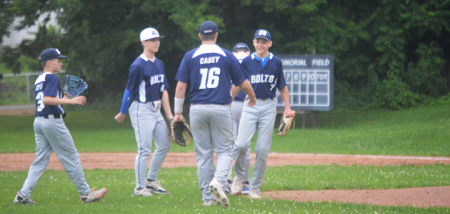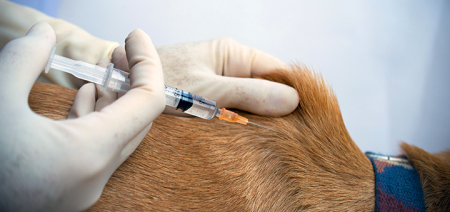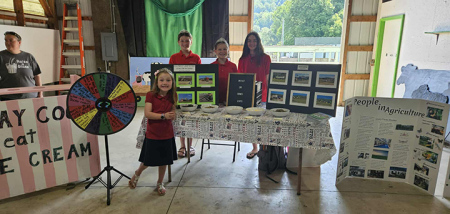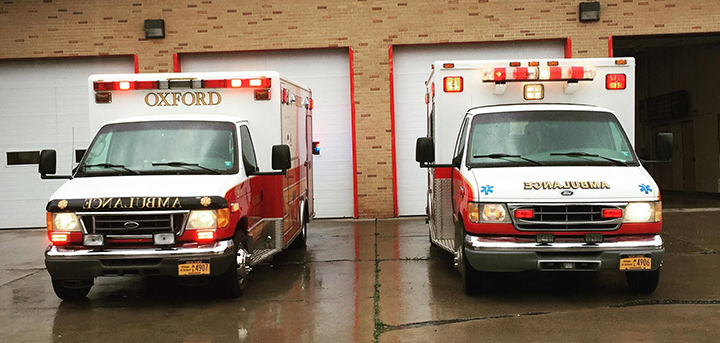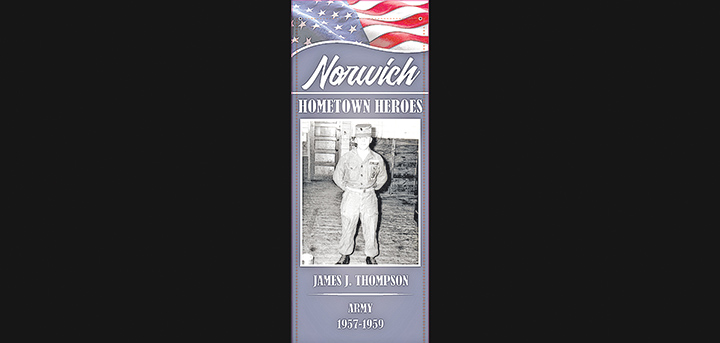Chenango SPCA: The Duty To Care
Published:
January 26th, 2024
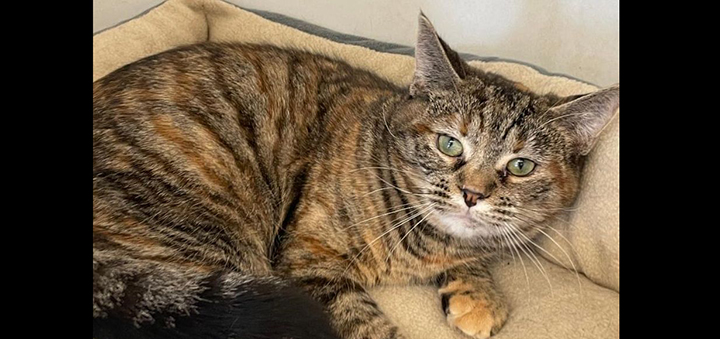 Mrs. Norris has been at the SPCA for 225 days. Can you help her find a home? (Photo by CSPCA)
Mrs. Norris has been at the SPCA for 225 days. Can you help her find a home? (Photo by CSPCA)
by Patrick McLaughlin,
Chenango SPCA
Executive Director
If you ever go to Rome, and if you're as nerdy as I am, you might have an interest in checking out the location where Julius Caesar was assassinated. Sure enough, it's still there. Actually, it was re-discovered during an excavation nearly 100 years ago, and is a few feet below the street level of modern Rome.
The area, called the Largo di Torre Argentina, contains the ruins of four ancient temples, as well as the Curia of Pompey, where Caesar died. It also contains something you might not expect: Soon after the excavation, Rome's many stray cats became attracted to the area.
Today, the Largo houses a municipal cat sanctuary that provides spay/neuter surgeries, vaccines and other medical services, and adoptions for the cats living among the ruins. Despite calls from the archaeological community to evict the sanctuary, it perseveres.
These facts present a few important lessons:
First, in the words of Jurassic Park, "life finds a way." Before the Largo was excavated and its ancient ruins unearthed, Rome's stray cats lived on the streets. Then, a new opportunity presented itself. In at least one neighborhood, there was suddenly a safer place for them to live, and they moved right in.
Of course, when a safe, secure place for stray cats to live suddenly opens up, one natural consequence, not long after, is more cats. Left to themselves, the cats would easily have taken advantage of their new situation to produce litter after litter, generation after generation, of new stray cats, until the Largo was no longer a viable place for them to live. Life finds a way to continue, not necessarily to thrive.
Second, our perspective on the world around us is not automatically correct. Where we see the remnant of one of the most famous episodes in the whole history of Rome, cats see a comfortable place to live, full of nooks and crannies that offer protection from predators and the elements. One species' ancient ruins can be another species' cozy home.
Third, and most important, our position in the world brings with it an obligation. Let's call this the "duty to care." In the progression from hunting and gathering, to agriculture, to industry and complex economic systems that make it possible for us to do much more than survive, our relationship with the natural world, and specifically with animals, has changed.
To hunter-gatherers, every animal was a valuable food source. In other words, humans had little room in their perspective to see animals as anything other than prey. Then, with the emergence of agriculture, it became more valuable to keep some animals as livestock.Gradually, we came to realize that some can even be beloved companions.
As our relationships with animals have changed, our societies have recognized new obligations toward them. The fact that humans can love cats and dogs, and that cats and dogs can love us back, makes certain behaviors unthinkable. At the most basic level, once we recognize cats and dogs as companions, we can no longer see them as food. But there's so much more to it: If cats and dogs are our companions, we can't let them go hungry. We can't leave them homeless. We can't deny them basic veterinary care, or the companionship, family, and love they deserve.
That's why animal shelters like ours exist. It's also why so many of them are called "humane societies." To be more humane is to be more fully human, and to treat the vulnerable animals in our community with respect, dignity, and love isn't only good for them, it's good for us, individually and collectively. And as that perspective takes hold in our society, we will probably continue to recognize more duties toward the animals we love.
Comments
